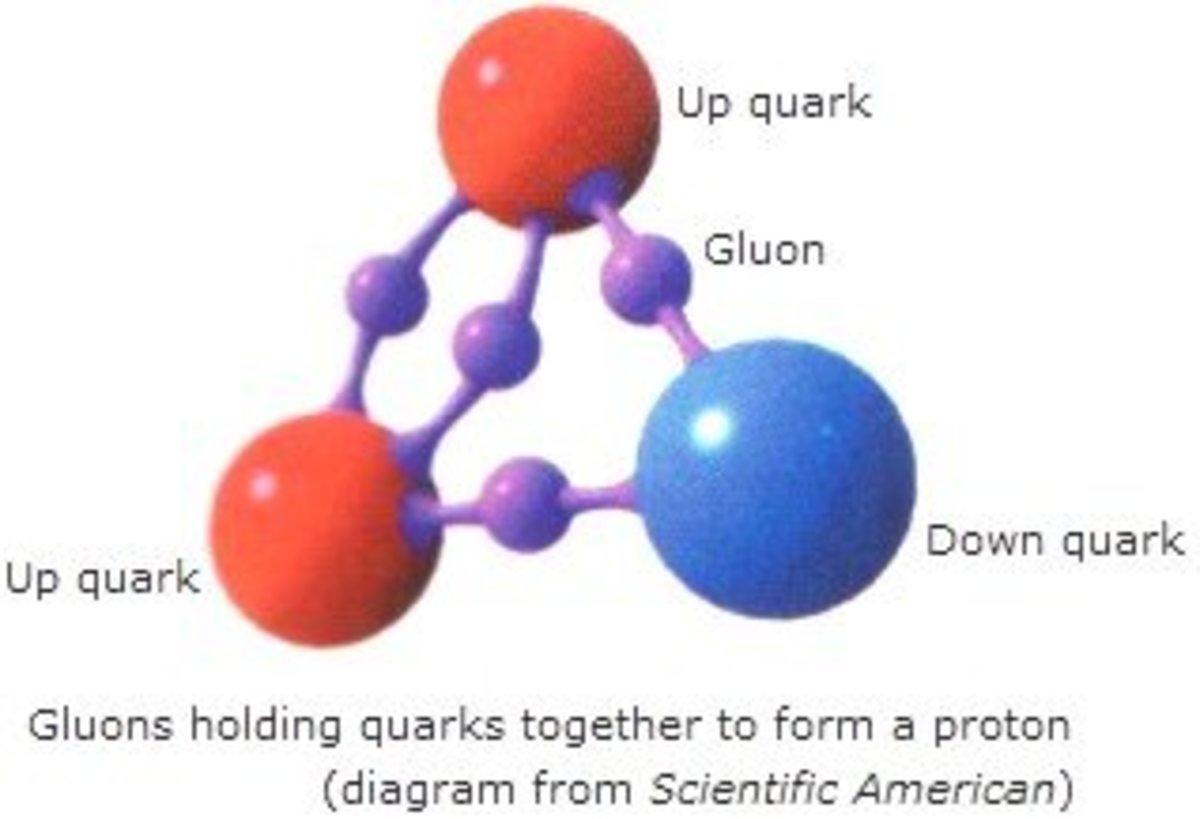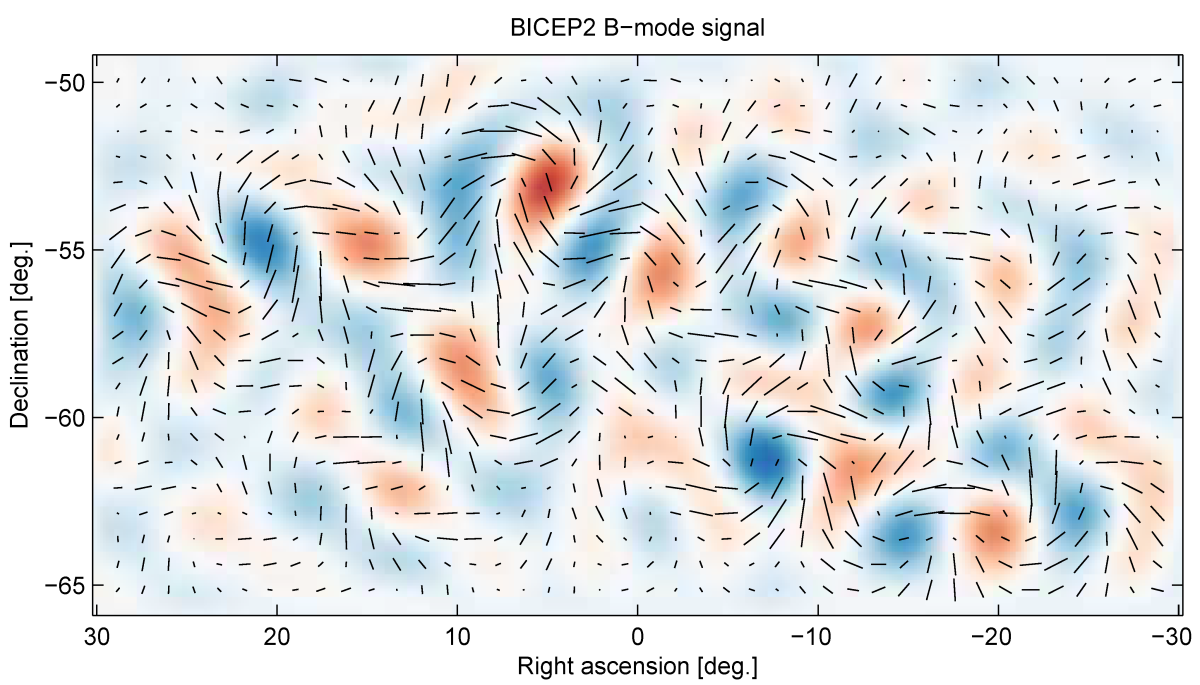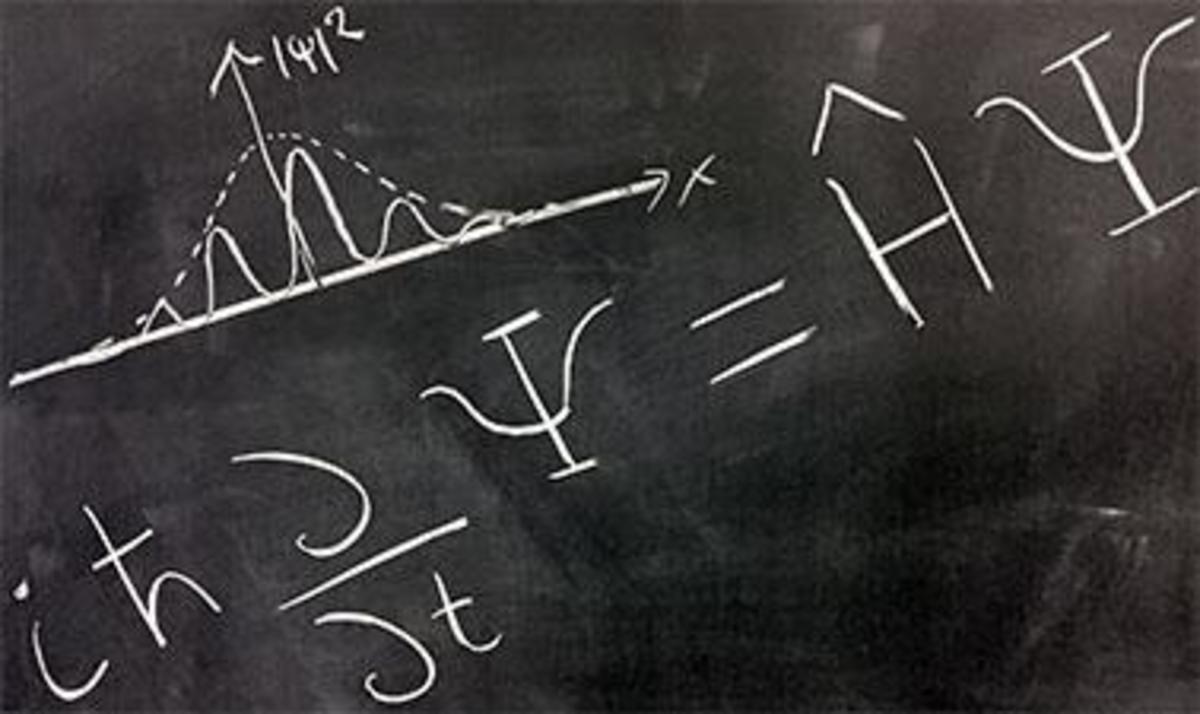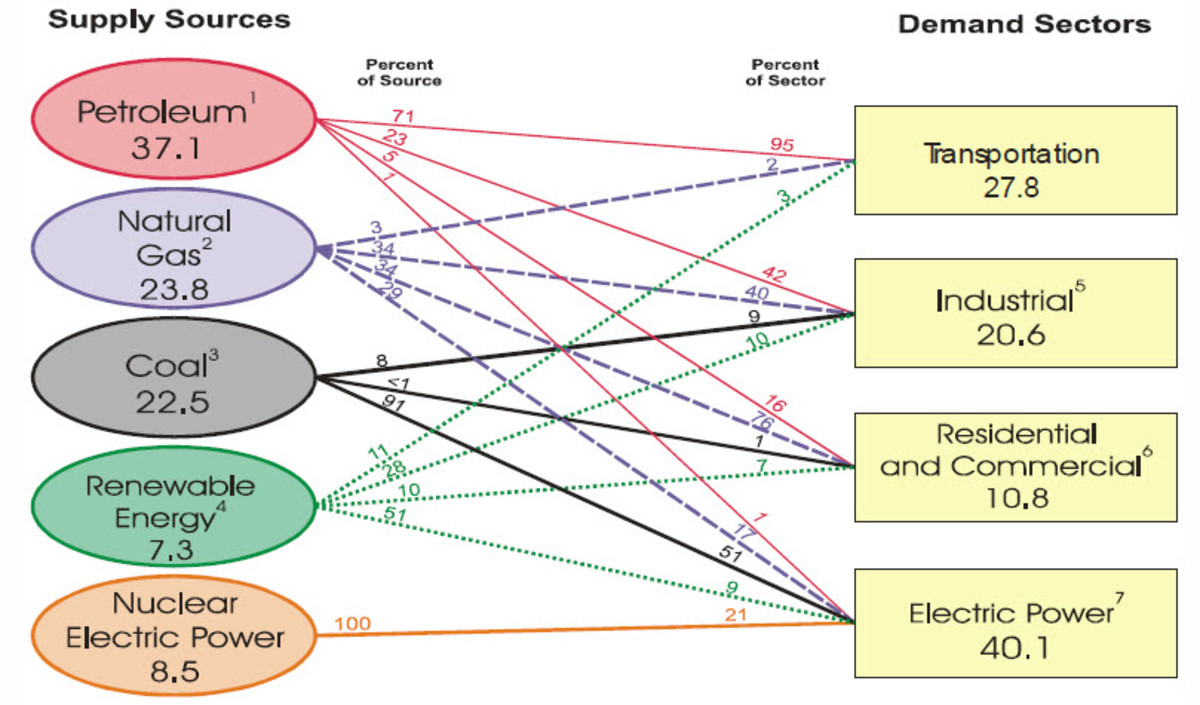Particle Physics Alternative Renewable Energy
Particle Physics
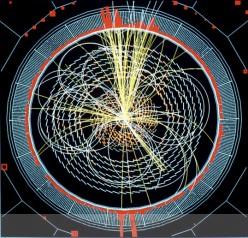
Particle Physics Experiment 36 Hours
Definition of Particle Physics:
It is odd because I have looked this up on line and I get different definitions but I will provide you with definition I am have been taught and then you can reference Google if you wish. Particle Physics is the study of the subatomic natural world in which Rhythm, movement and continual change are studied. Most commonly you will remember Michael Faraday’s work with Clerk Maxwell in the 1930’s which changed physics forever. Maxwell’s work resolved in the theory of electromagnetism and Faraday and Maxwell discovered that there was not an attraction between a negative and positive charged atom but that there was a “disturbance” which when present fields a force.
Components of Particle Physics.
It is odd because I have looked this up on line and I get different definitions but I will provide you with definition I am have been taught and then you can reference Google if you wish. Particle Physics is the study of the subatomic natural world in which Rhythm, movement and continual change are studied. Most commonly you will remember Michael Faraday’s work with Clerk Maxwell in the 1930’s which changed physics forever. Maxwell’s work resolved in the theory of electromagnetism and Faraday and Maxwell discovered that there was not an attraction between a negative and positive charged atom but that there was a “disturbance” which when present fields a force.
Components of Particle Physics.
There are three components of subatomic particles. These include:
Harrods:Which are comprised of baryons which are negative subatomic antiparticles and meson which are antiparticles.
Baryons include
1) Protons
2) Neutrons
3) Lambda
4) Sigma
5) Cascade
6) Omega
Meson include
1) pion
2) kaun
3) eta
Leptrons: Are made of Neutrino, Electron and Muon particles. They
have three specific qualities.
1) Atomic Nuclei
2) Electromagnetic Interaction
3) Gravitational Interaction
Quarks:
1) Quark
2) Antiquark
3) Values of Baryon -1/3
4) Values of Leptron = 0.
5) Study of Quantum Chromo dynamics
-- -- --
-- -- --
__ -- __
Arousing Perceptive --
--
--
Enthusiasm
__ __
-- --
__ __
Clinging --
--
--
Progress
In Summation
Brief layman’s outline of particle physics which was very much so missing from the television show Lost. I am citing Dirac. He attended my university. Please be mindful it is just a laymen’s explanation and it is much abbreviated for the Hub audience but onceHollywood got its hands on particle physics I thought perhaps a more responsible party should explain.



